When you pick up a prescription, you trust that the pharmacist handing it to you is licensed, trained, and legally allowed to practice. But how do you know for sure? With counterfeit drugs and unlicensed practitioners slipping through the cracks, verifying pharmacy licenses isn’t just a formality-it’s a vital step in protecting your health.
Why State Pharmacy Boards Matter
Every U.S. state and territory has its own pharmacy board, created by law to make sure pharmacists and pharmacy technicians are qualified and ethical. These aren’t just bureaucratic offices-they’re the frontline defense against unsafe or untrained people dispensing medication. The first board was set up in Massachusetts in 1878. Today, there are 56 boards covering all 50 states, plus D.C., Puerto Rico, Guam, and the U.S. Virgin Islands. Together, they oversee around 350,000 pharmacists and 300,000 pharmacy technicians.These boards don’t just issue licenses. They investigate complaints, revoke licenses when needed, require continuing education, and track disciplinary actions. If a pharmacist gets caught selling fake drugs or mixing prescriptions incorrectly, the board handles it. That’s why checking a license through the official state board is the only way to be certain someone is legally allowed to practice.
How to Check a Pharmacy License Online
Most state boards now offer free, online license verification tools. You don’t need special software or access-just a web browser and basic info like the pharmacist’s name or license number.Here’s how to do it:
- Go to your state’s pharmacy board website. Search for “[Your State] Board of Pharmacy” in your browser.
- Look for a link labeled “License Verification,” “Verify a License,” or “Public Records.”
- Enter at least one search criterion: full name, license number, or city. Some boards let you search by ZIP code or business name too.
- Review the results. The system should show the person’s full name, license number, issue date, expiration date, and current status.
- Check the status carefully. Look for “Active,” “Suspended,” “Revoked,” “Probation,” or “Retired.” If it says “Inactive” or “Expired,” the person can’t legally practice.
Some states, like Maryland, let you search using as few as one character in a name-just don’t overdo it. Too many details can filter out the right person. The District of Columbia warns that partial names often give wrong results, so always use full first and last names if possible.
What to Look for in a Valid License
A real license shows more than just a name. Here’s what a legitimate record should include:- Full legal name (matches ID)
- License number (unique to each pharmacist)
- License type (Pharmacist, Pharmacy Technician, Intern)
- Issue date and expiration date
- Current status (Active is the only acceptable status for practice)
- Disciplinary history (if any-some boards list past sanctions)
Watch out for red flags: if the expiration date is more than a year in the past, or if the status says “Suspended” or “Revoked,” that person is not authorized to work. Even if they’re wearing a lab coat and working behind a counter, they’re breaking the law.
Some states update their systems slowly. Maryland’s board says it can take weeks after a license renewal for the status to show up online. Don’t assume a missing update means the license is invalid-contact the board directly if you’re unsure.
NABP Verify: A National Alternative
If you’re hiring a pharmacist who works across state lines-or you’re one yourself-checking each state’s board can be a nightmare. That’s where NABP Verify comes in.Launched in 2020, NABP Verify is a national service that pulls license data from 48 participating state boards. For $59 a year, pharmacists can get a digital badge that proves their credentials are current. Employers can use it to quickly confirm someone’s eligibility across multiple states.
But here’s the catch: NABP Verify is not a replacement for state boards. It’s a convenience tool. The official source of truth is always the state board where the license was issued. NABP Verify updates once a day, while state systems can lag by days or weeks. And not every state participates-23 states still don’t feed data into the system.
The American Pharmacists Association (APhA) says employers should always verify licenses directly through the state board, not rely solely on NABP or third-party services. Why? Because 47% of disciplinary cases involve pharmacists practicing with expired or invalid licenses.
Real Problems with Current Systems
Even with online tools, things go wrong.Some pharmacists report waiting three weeks after passing their exams for their license to show up as “Active.” Others say state websites crash during peak hours or return blank results for perfectly valid licenses. One Reddit user in Colorado said they had to call their state board five times before getting a confirmation letter.
Worse, disciplinary actions aren’t always updated in real time. A 2022 study found pharmacy boards take an average of 14.3 days to update a suspension or revocation-slower than medical boards. That means someone could be under investigation, yet still appear “Active” online.
And cybersecurity is a growing concern. In 2022, attacks on state health databases rose 22%. While most verification systems aren’t connected to patient records, they still hold sensitive personal data. A breach could let someone fake a license or steal a pharmacist’s identity.
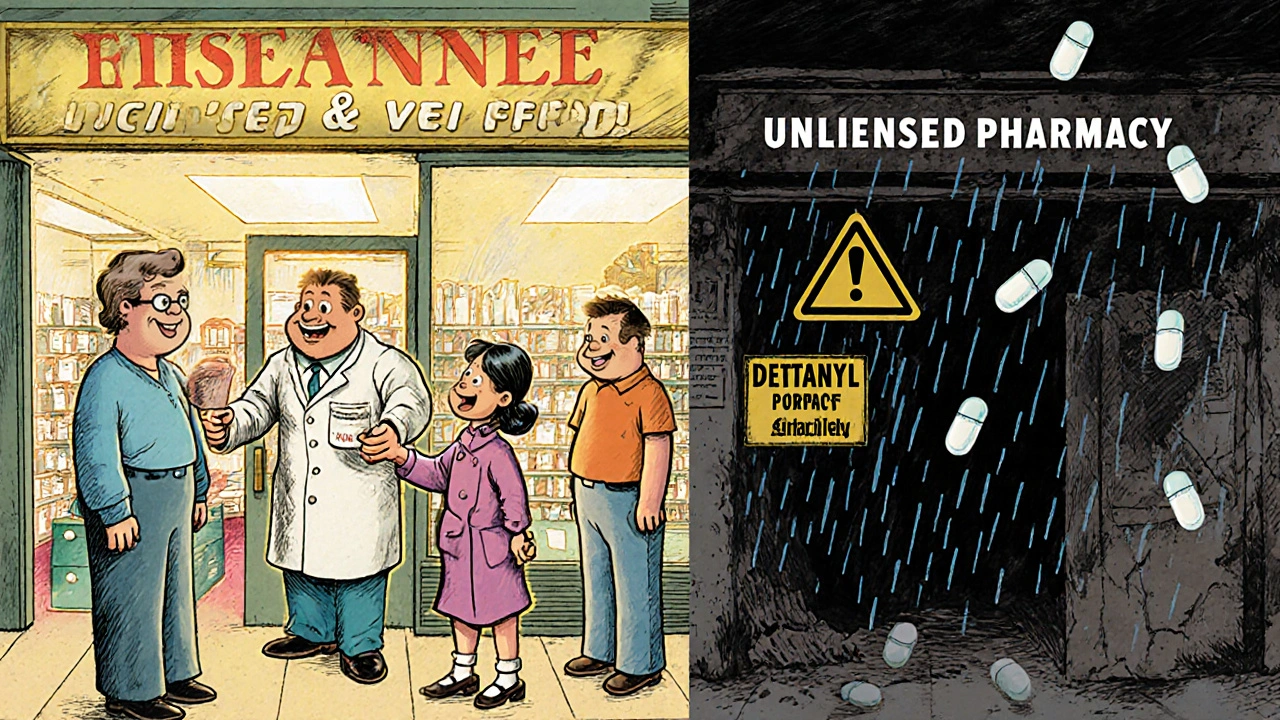
What Employers and Patients Should Do
If you’re hiring a pharmacist, don’t take their word for it. Don’t accept a copy of a license card. Don’t trust LinkedIn or a resume. Go straight to the state board’s website and verify the license yourself. The American Society of Health-System Pharmacists found that 78% of hospitals now require primary source verification-meaning they check the state board directly.As a patient, you have the right to ask: “Is your license current?” If the pharmacist hesitates or says, “You don’t need to check,” that’s a warning sign. You can also look up the pharmacy itself-many state boards let you search by business name or address. A pharmacy with an expired or suspended license shouldn’t be open.
Counterfeit drugs are a real threat. Fake pills laced with fentanyl have killed thousands. Many of those pills come from unlicensed online pharmacies or clinics staffed by unqualified people. Verifying licenses helps shut those operations down before they hurt someone.
What’s Changing in 2025
The system is slowly improving. By 2025, 90% of state boards plan to switch to real-time license updates-meaning suspensions and renewals will appear online within hours, not weeks. NABP is expanding Verify to include pharmacy technicians in early 2024. And 23 states now belong to the Interstate Pharmacy Licensure Compact (IPLC), which lets pharmacists practice across borders with one license.But the core rule hasn’t changed: the only truly reliable source for license verification is your state’s pharmacy board. No app, no third-party site, no employer’s word-just the official government system.
It’s simple, free, and fast. Taking five minutes to check a license could save a life.
Can I verify a pharmacy license for free?
Yes. Every state pharmacy board offers free online license verification. You don’t pay anything to search a pharmacist’s name or license number. Some states charge a small fee if you need an official printed verification letter sent to another state or employer, but the basic search is always free.
What if the license status says "Inactive"?
An "Inactive" status means the pharmacist is not currently authorized to practice. They may have retired, taken a break, or failed to renew. If they’re working behind a counter, they’re violating the law. Report them to the state board immediately.
How often do state boards update license information?
Updates vary by state. Most systems refresh daily or weekly, but disciplinary actions can take 7-14 days to appear. Maryland and DC say renewals may take weeks to show up. If you suspect a license is invalid but the system shows "Active," contact the board directly by phone.
Is NABP Verify better than checking the state board?
No. NABP Verify is a helpful tool for multi-state practitioners, but it’s not official. Only the state board that issued the license has the final, legally recognized record. NABP may miss updates or not include all states. Always verify through the state board first.
Can I check a pharmacy’s license, not just the pharmacist?
Yes. Most state boards allow you to search by pharmacy name, address, or business license number. This is especially important if you’re using an online pharmacy or a new local pharmacy. If the pharmacy’s license is expired or revoked, don’t fill your prescription there.
What should I do if I find a fake or unlicensed pharmacist?
Report them immediately to your state’s pharmacy board. Most have online complaint forms or hotlines. You can also report to the FDA’s MedWatch program if you suspect counterfeit drugs. Don’t wait-unlicensed practitioners are a direct threat to public safety.
Do I need to verify licenses for telepharmacy services?
Absolutely. Telepharmacy is growing fast, but the same rules apply. The pharmacist providing the service must be licensed in the state where the patient is located. Always verify their license through that state’s board, even if the pharmacy is based elsewhere.
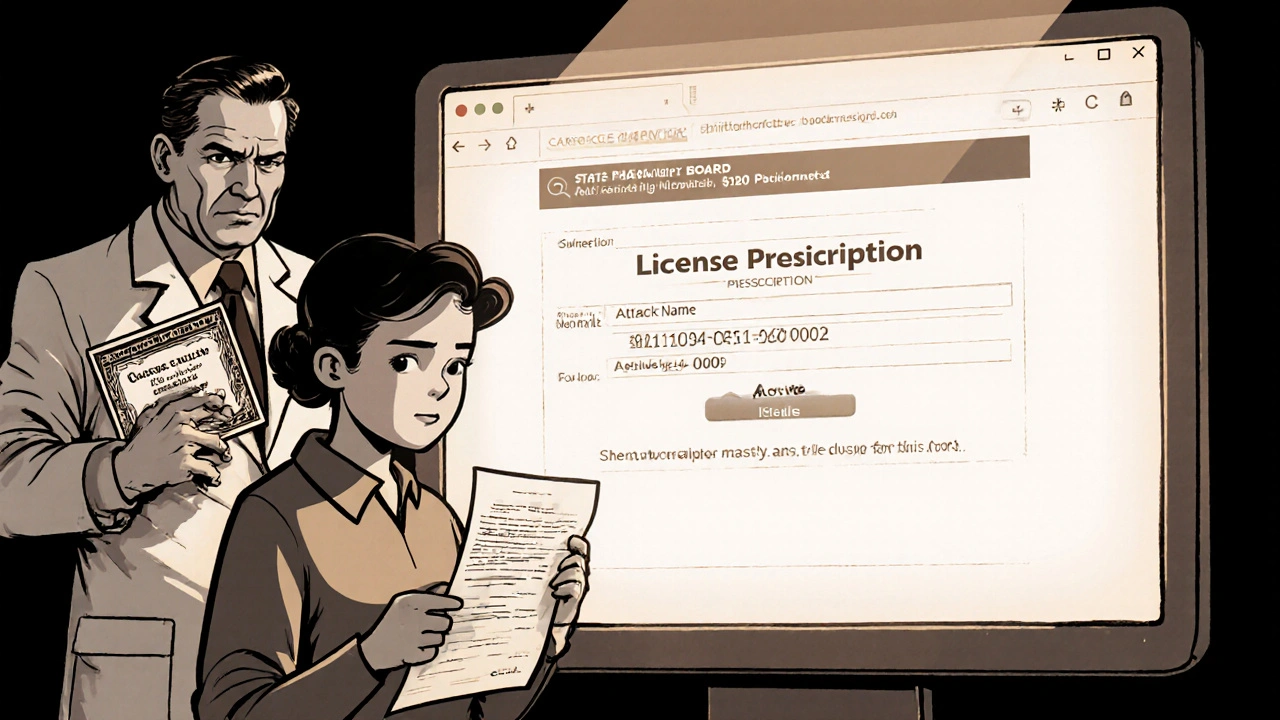
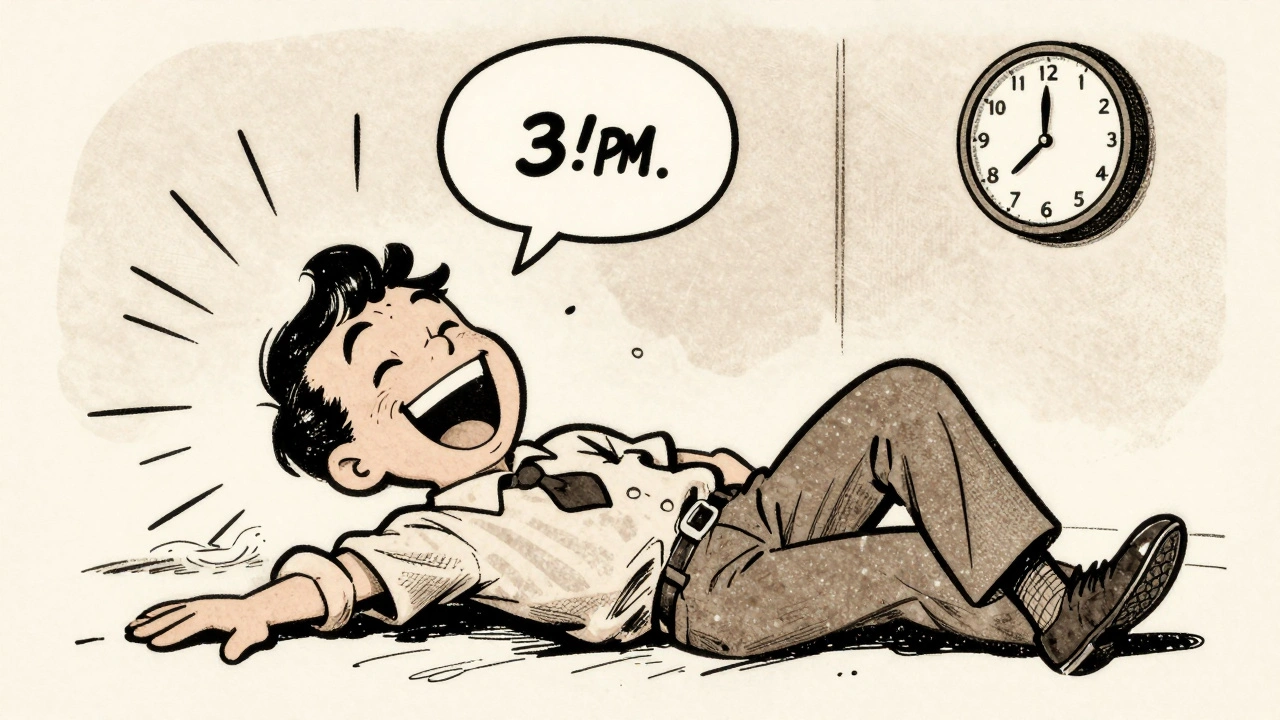
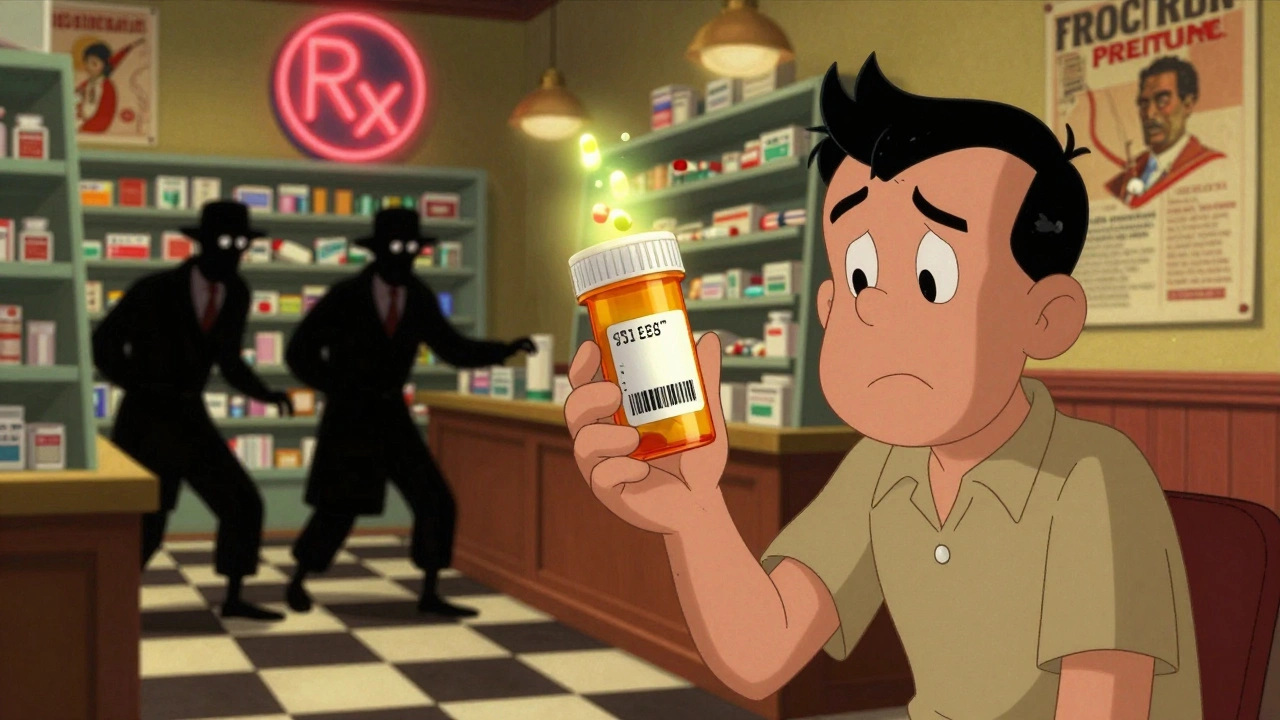
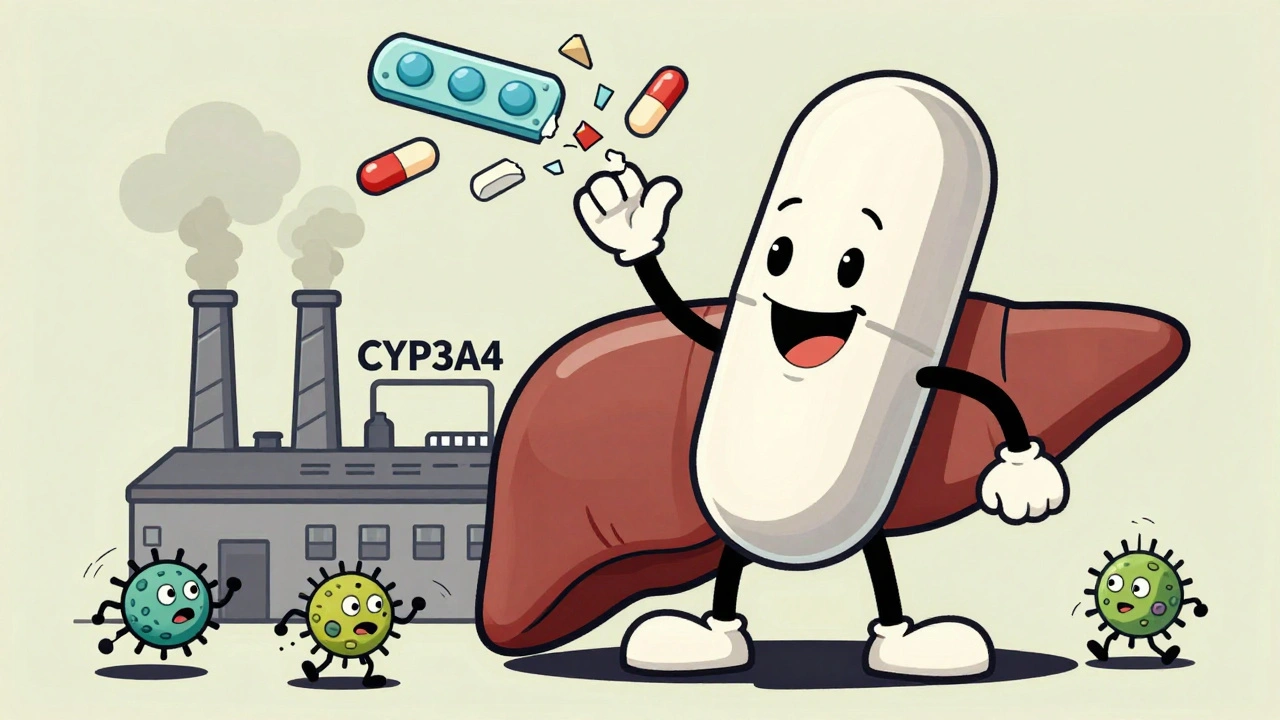
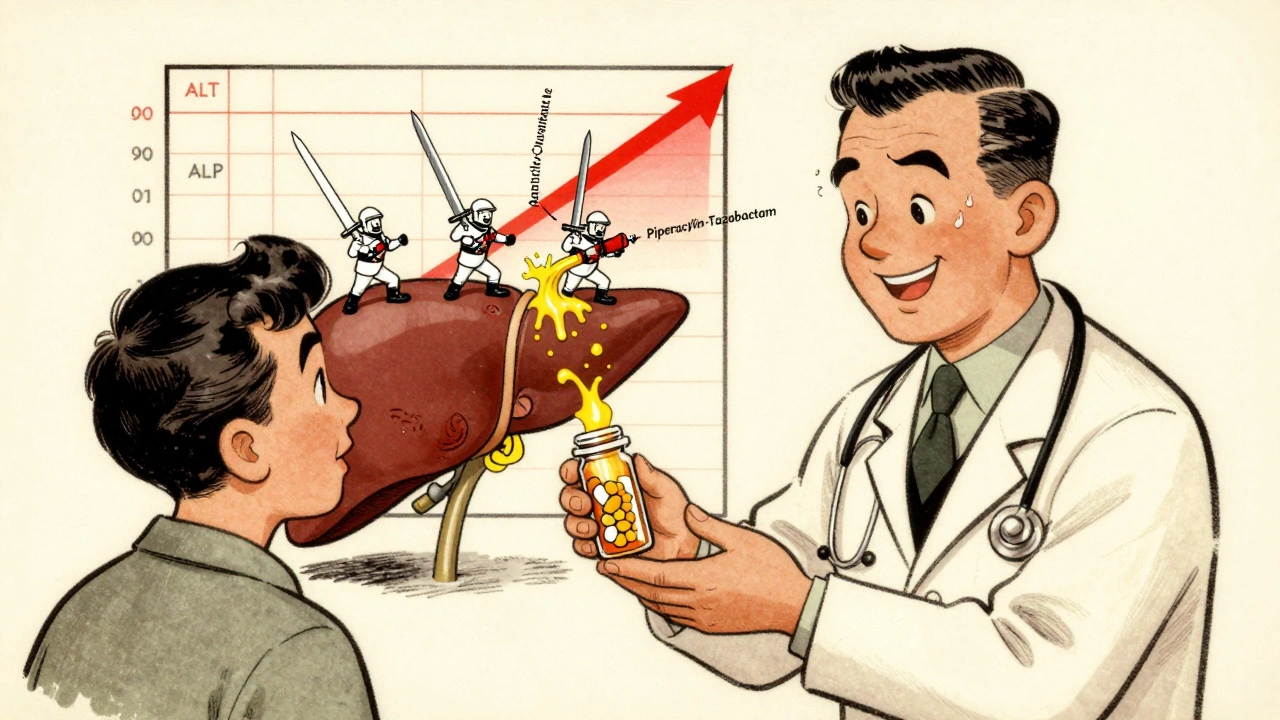
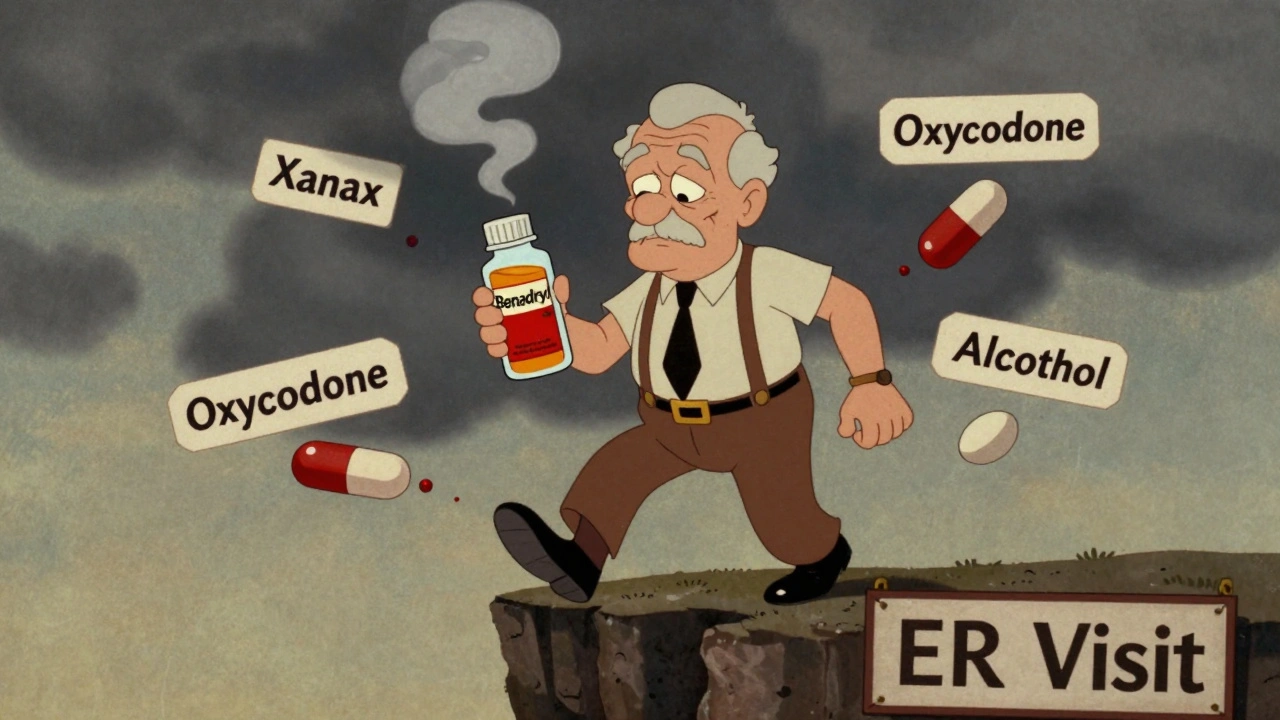
Holly Powell
November 19, 2025 AT 03:15Let’s be clear: relying on state boards is a regulatory fantasy. The infrastructure is archaic, siloed, and fundamentally non-interoperable. We’re operating in a pre-digital governance paradigm where license validation is still a manual, state-by-state, latency-ridden circus. The NABP Verify platform isn’t just a convenience-it’s the only scalable solution that begins to approximate real-time credentialing. The fact that 23 states still refuse to integrate is a systemic failure of public health governance, not a feature of federalism.
And don’t get me started on the disciplinary lag. A 14.3-day window between suspension and public update? That’s not bureaucracy-that’s malpractice enabling. We’re talking about fentanyl-laced counterfeit pills being dispensed by unlicensed actors while their status still reads ‘Active.’ This isn’t an oversight; it’s a public health time bomb.
Employers who skip primary source verification are committing institutional negligence. The ASHP’s 78% stat isn’t a recommendation-it’s a minimum standard. If your hospital’s compliance officer is still accepting scanned license cards, you’re one audit away from a Class I recall.
Emanuel Jalba
November 20, 2025 AT 08:19OMG THIS IS SO IMPORTANT 😭 I just found out my pharmacist’s license was expired and they didn’t even tell me!! I could’ve died 😫 I’m telling everyone I know to check this NOW!! 🚨🙏 #PharmacySafety #DontTrustAnyone
Shilpi Tiwari
November 21, 2025 AT 22:50As someone from India where pharmacy regulation is fragmented at best, I’m fascinated by the granularity here. The 56-board structure is both impressive and absurd-how do you standardize CE requirements across jurisdictions with such divergent legal frameworks? The IPLC is a step forward, but the real bottleneck is data interoperability. Are these state boards even using FHIR APIs? Or are we still scraping PDFs from 2007-era CMS portals?
And the NABP Verify gap-23 states not feeding data-isn’t just a technical issue. It’s a governance failure. You can’t have a national credentialing system when half the states treat licensure like a local municipal permit. We need a federal mandate for real-time API-based validation. No exceptions.
Christine Eslinger
November 23, 2025 AT 14:18This is one of those posts that feels like a public service announcement written by someone who’s seen too much. And honestly? I’m grateful. I used to think ‘Active’ on a license meant ‘safe’-until my cousin got a prescription filled by someone who’d been suspended for mixing insulin with saline. The board website showed ‘Active’ for three weeks after the suspension. Three weeks.
Now I check every single time. Even if it takes five minutes. Even if the pharmacist rolls their eyes. I’d rather be annoying than dead. And if you’re an employer? Don’t just take their word for it. Print the verification page. Keep it in their file. It’s not paranoia-it’s due diligence.
Also, yes, you can check the pharmacy itself. I once walked into a ‘new’ clinic and verified their license was revoked six months prior. They were still open. I called the board. They shut it down the next day.
Denny Sucipto
November 24, 2025 AT 08:04Man, I used to think this stuff was just red tape. Then my mom got a bad reaction from a med filled at a corner pharmacy. Turned out the tech had no license. Just some guy in a lab coat.
After that, I started checking every single time. Even at my local CVS. I don’t care if it’s awkward. I don’t care if the pharmacist sighs. I’d rather look like a weirdo than bury someone because I didn’t ask.
And yeah, it’s free. It’s online. It’s five minutes. That’s cheaper than a funeral.
Thanks for writing this. I’m sharing it with my whole family.
Katelyn Sykes
November 25, 2025 AT 06:36Just checked my pharmacist’s license before picking up my anxiety med today. Active. Good. Done. Five seconds. Why isn’t everyone doing this already
Also if your pharmacy’s website says ‘licensed’ but doesn’t link to the state board you’re probably being scammed
Gabe Solack
November 25, 2025 AT 17:18Had a coworker get hired as a pharmacist last year. Took 17 days for their license to show up as active on the state site. They were working the whole time. The board said ‘we’re updating weekly’-but that’s not good enough when someone’s life is on the line.
Now I always call the board directly if the site looks off. They’re usually super helpful. Like, actually nice people on the phone. Who knew?
And yeah NABP is nice but I still double-check the state. Always. No exceptions.
Yash Nair
November 27, 2025 AT 14:06USA thinks its so advanced but still cant make one national system? Pathetic. In India we have NMC for doctors and we dont need 56 different portals. You people are so lazy. Why dont you just make one website? Why waste time on 56 websites? This is why your country is falling behind. We have a single portal for all licenses in India. Why cant you? Because you are too soft to make hard decisions.
Bailey Sheppard
November 27, 2025 AT 20:07Really appreciate this breakdown. I work in healthcare admin and we just started requiring primary source verification for all new hires. It’s a pain, sure-but it’s the right thing to do.
One thing I’d add: don’t just check the license status. Look at the disciplinary history too. I once saw a pharmacist with ‘Active’ status but a 2021 suspension for falsifying inventory records. They were still working. We pulled their offer before they started.
It’s not about distrust. It’s about responsibility.
Girish Pai
November 29, 2025 AT 13:38India has one national system for all medical licenses and you still complain about 56 state boards? You people are so weak. In India we dont need 56 websites. We have one portal. One database. One law. You americans love complexity. You love making things hard. You love bureaucracy. You are addicted to inefficiency. In India we fix problems. In USA you just write long blogs about them. Sad.